Study reveals no causal link between neurodevelopmental disorders and acetaminophen exposure before birth
On Apr. 11, 2024, a study of data from more than 2 million children in Sweden reported that…

On Apr. 11, 2024, a study of data from more than 2 million children in Sweden reported that…

On Jan. 10, 2024, an National Institutes of Health (NIH) supported study announced an n atlas revealing the…

On Dec. 18, 2023, the U.S. Centers for Disease Control and Prevention (CDC) announced a study that showed…
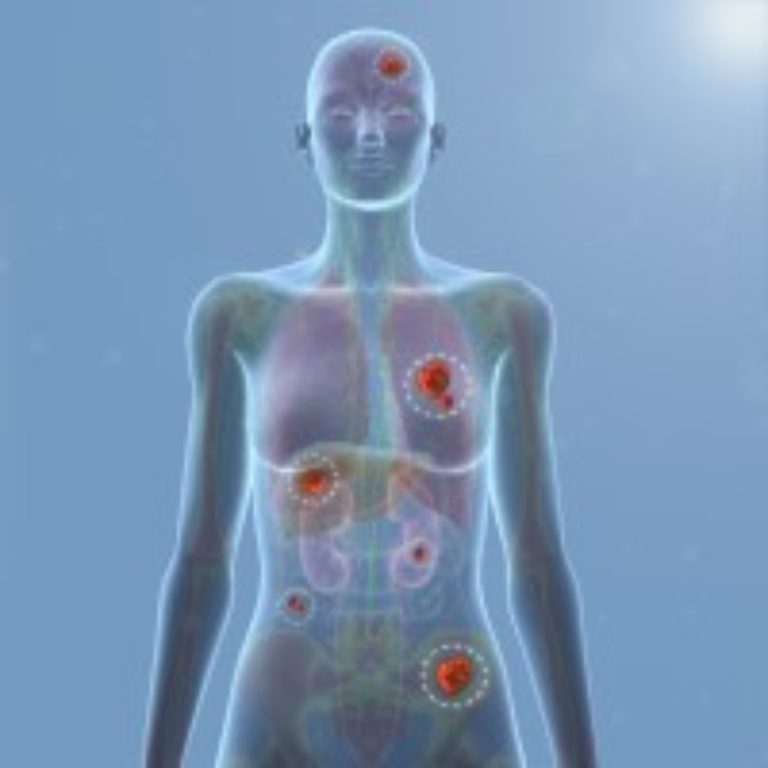
On Dec. 6, 2023, Anixa Biosciences announced updated positive results from the Phase 1 clinical trial of its…

On Nov. 13, 2023, the White House announced the first-ever Initiative on Womenメs Health Research, an effort led…

On Sept. 11, 2023, researchers at the National Institutes of Health (NIH) reported that living in an area…

On Aug. 31, 2023, the U.S. Food and Drug Administration (FDA) cleared for marketing the updated 23andMe Personal…
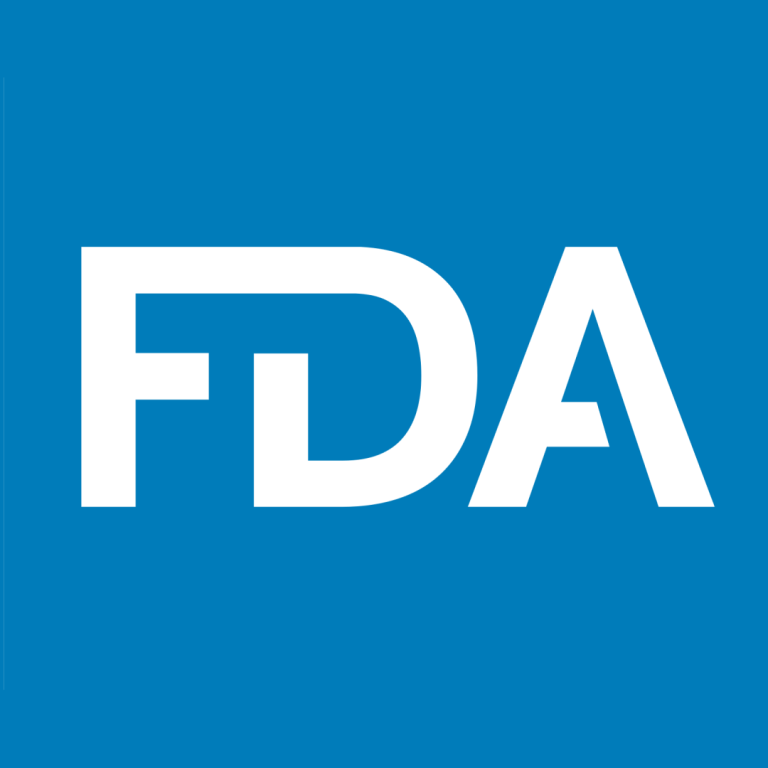
On Aug. 4, 2023, Biogen and Sage Therapeutics announced that the U.S. Food and Drug Administration (FDA) had…
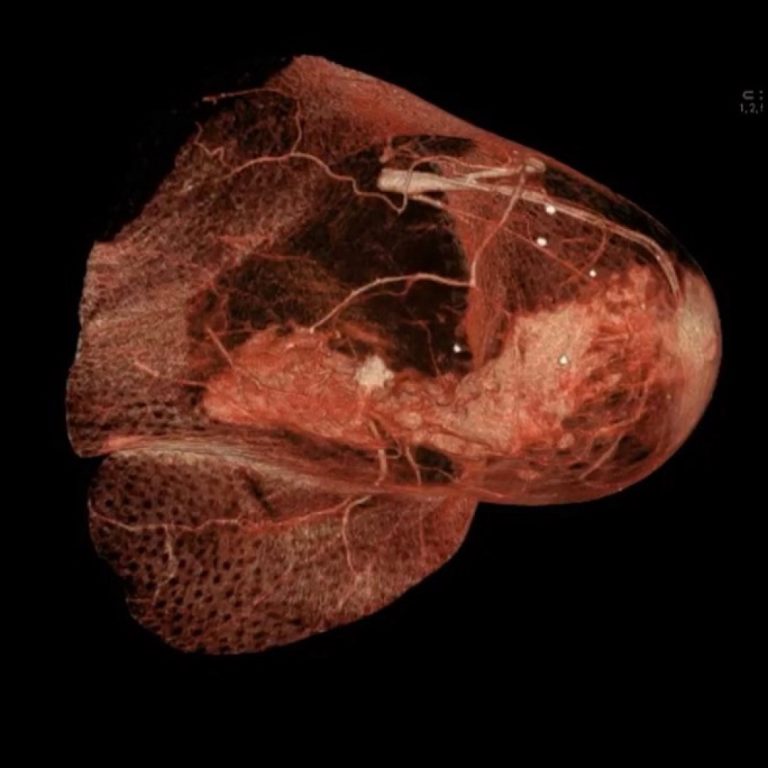
On May 9, 2023, the U.S. Preventive Services Task Force (USPSTF) recommended that all women get screened for…

On Mar. 9, 2023, the U.S. Food and Drug Administration (FDA) announced that it had published updates to…
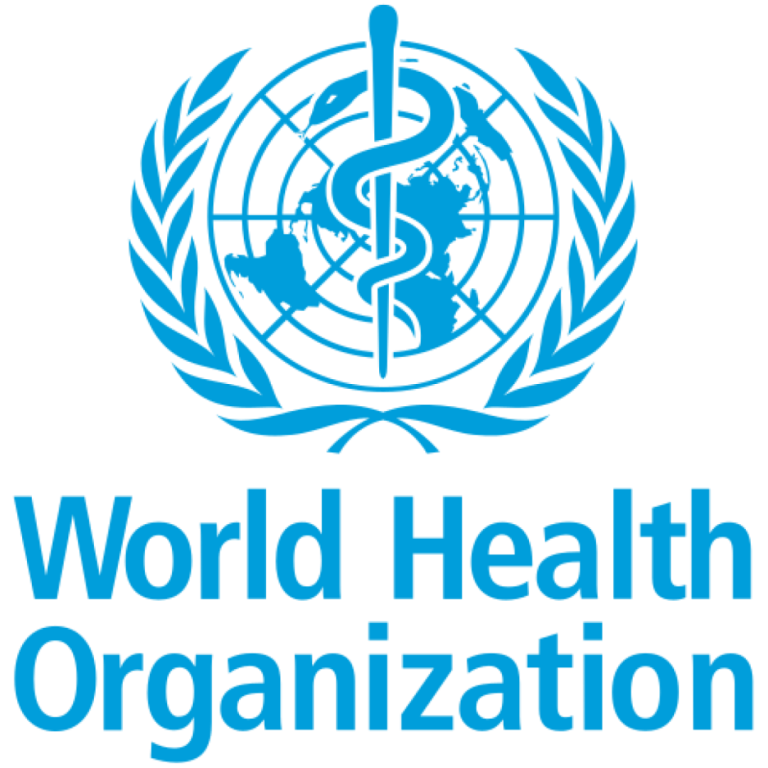
On Feb. 3, 2023, the World Health Organization (WHO) released an updated Global Breast Cancer Initiative (GBCI) Framework…
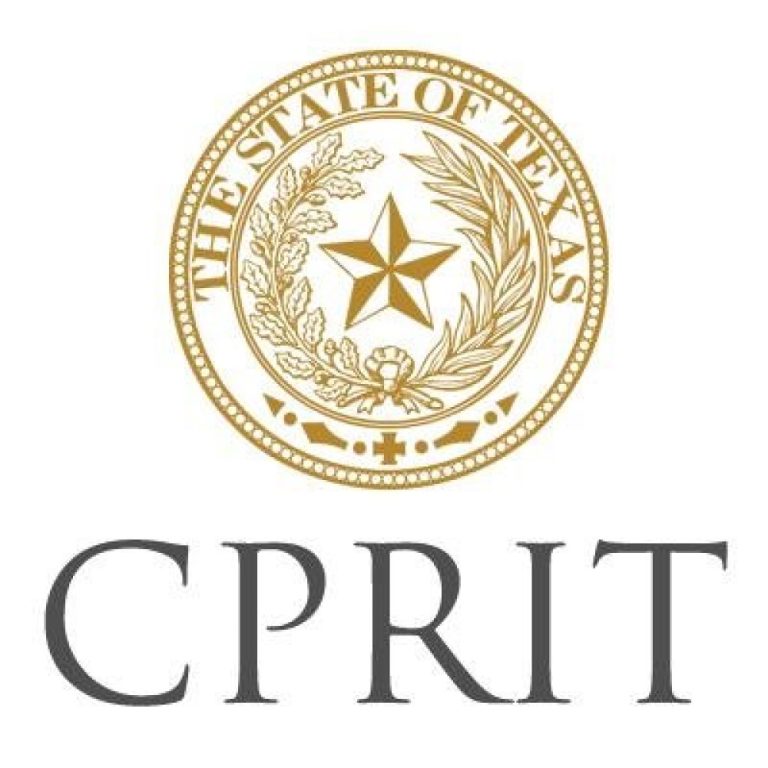
On Nov. 16, 2022, the Cancer Prevention and Research Institute of Texas (CPRIT) approved $12 million in recruitment…
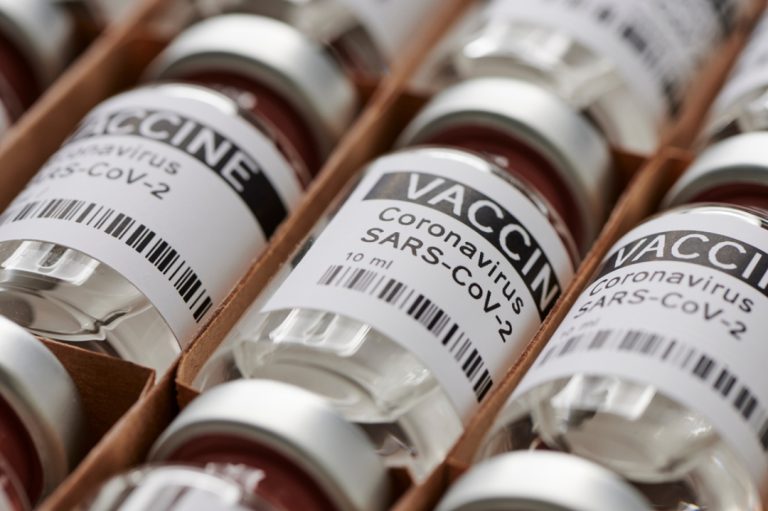
On Sept. 27, 2022, the National Institutes of Health (NIH) announced that a large international study had confirmed…

On Aug. 5, 2022, the U.S. Food and Drug Administration (FDA) approved Daiichi Sankyo’s Enhertu (fam-trastuzumab-deruxtecan-nxki), an IV…

On Jun. 21, 2022, Anixa Biosciences announced the publication of a peer-reviewed journal article in Clinical and Experimental…
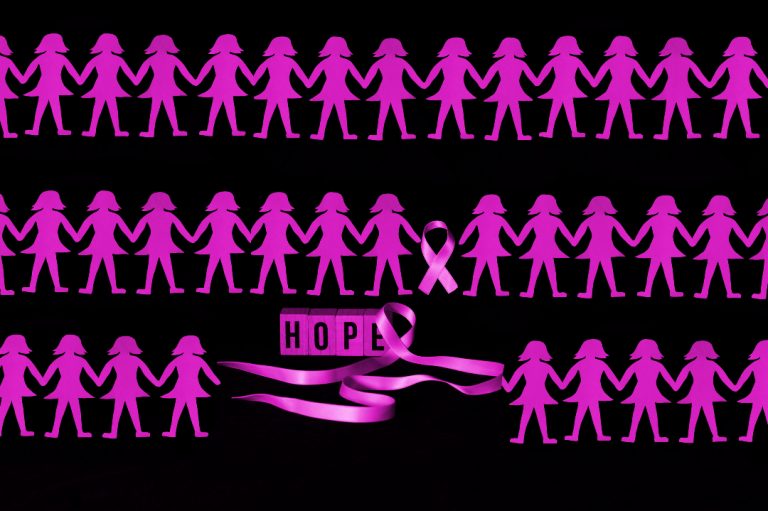
On Apr. 6, 2022, a new study in the Journal of Clinical Oncology showed that women receiving certain…

On Apr. 1, 2022, the Fred Hutchinson Cancer Research Center and Seattle Cancer Care Alliance (SCCA) announced a…

On Feb. 17, 2022, after studying blood samples from 244 patients hospitalized for COVID-19, a group of researchers,…
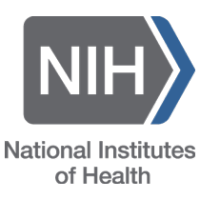
On Feb. 8, 2022, a research team led at Boston University School of Public Health reported on links…

On Oct. 26, 2021, Anixa Biosciences announced that, in conjunction with its partner, Cleveland Clinic, it had commenced…

On Mar. 16, 2021, research from the WHO and partners showed that the COVID-19 pandemic was severely affecting…

On Jan. 28, 2021, National Institutes of Health (NIH) researchers reported that pregnant women who experienced severe symptoms…

On Jan. 25, 2021, the National Institutes of Health (NIH) announced that in large clinical trial conducted worldwide,…

On Jan. 12, 2021, the Tufts Center for the Study of Drug Development reported that ever more complex…
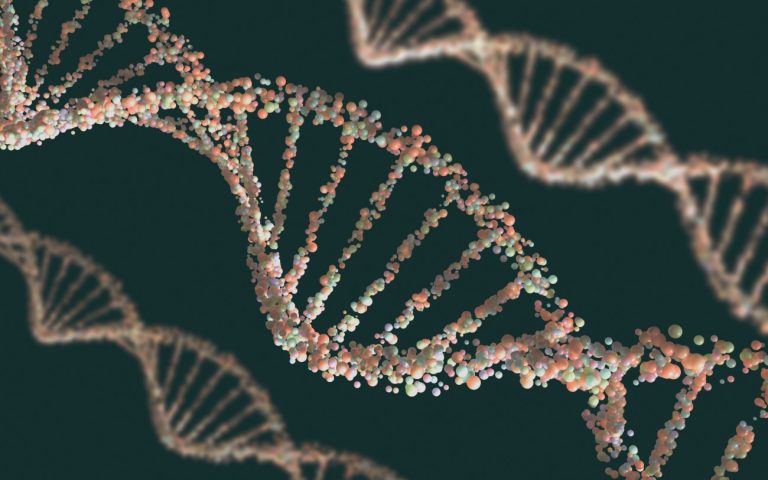
On Nov. 4, 2020, McGill University Professor William Foulkes awarded 2020 Wilder-Penfield Prize for research in the genetics…

On Aug. 13, 2020, in a first-of-its-kind study in humans, investigators at the Center for ADHD Research at…
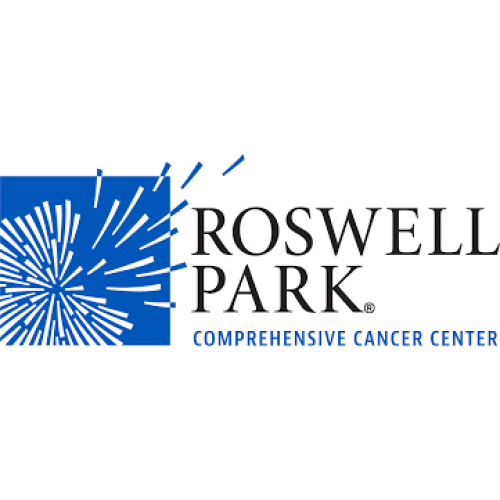
On Apr. 6, 2020, the National Cancer Institute awarded of $14.54 million to Roswell Park Comprehensive Cancer Center…
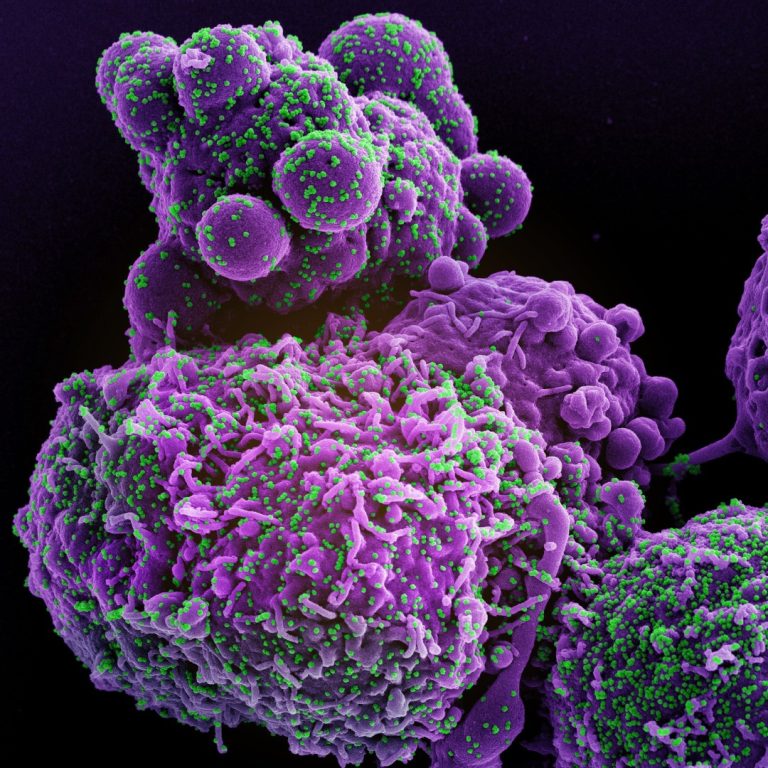
On Jan. 29, 2020, Sorrento Therapeutics announced it had initiated a clinical and manufacturing collaboration with Celularity, a…

On Dec. 23, 2019, the Barbara Ann Karmanos Cancer Institute received the 2020 Women’s Choice Award as one…

On Dec. 20, 2019, the U.S. Food and Drug Administration (FDA) granted accelerated approval to Daiichi Sankyo’s Enhertu…